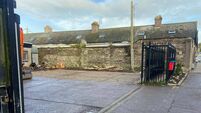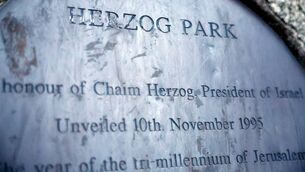In the hunt for clues of menus past
It’s not only an interesting subject, I think it’s an important one.
It is not possible to say how old we are as a species because the point where you draw the line between hominid ape and human being is arbitrary. But we’ve certainly been around for more than 100,000 years, and some experts would say a couple of million. But agriculture first appeared in several parts of the world, simultaneously and independently, between 10,000 and 12,000 years ago. And it didn’t reach Ireland until six thousand years ago.













